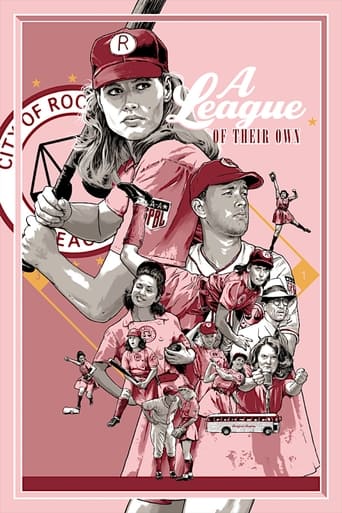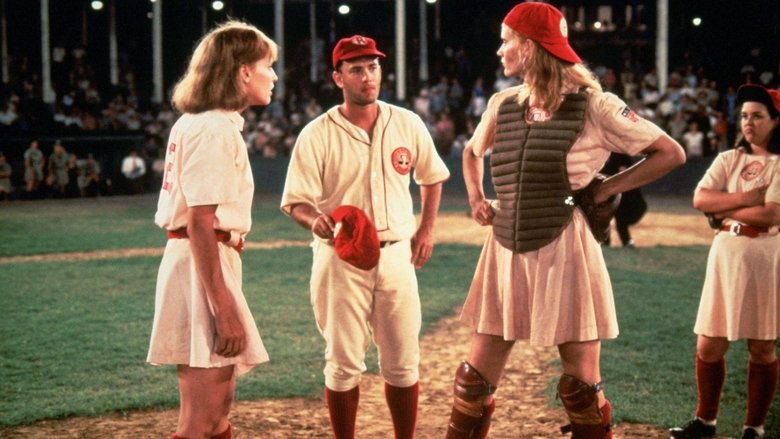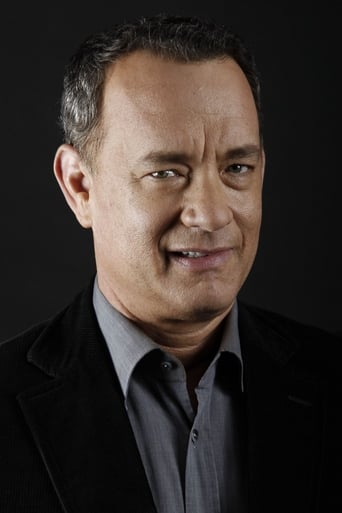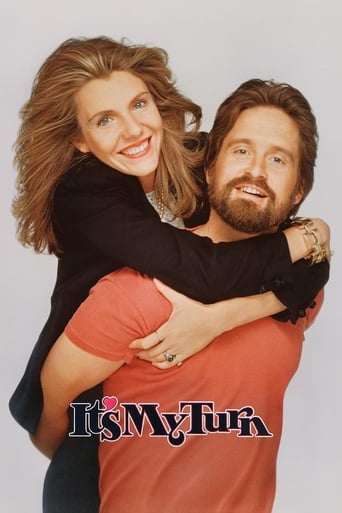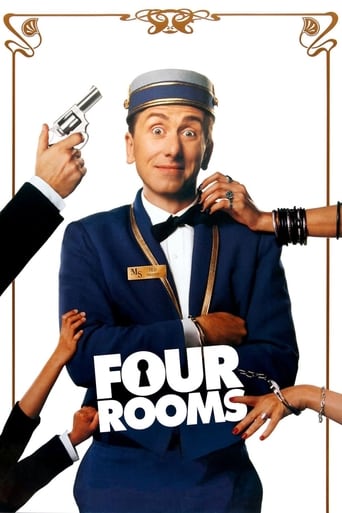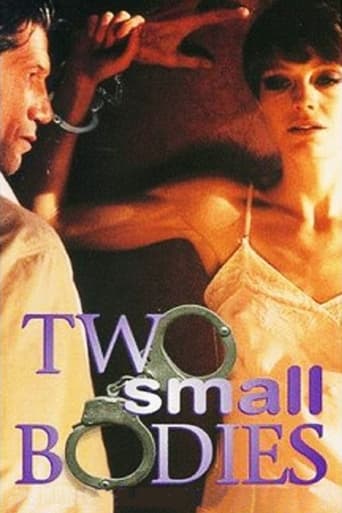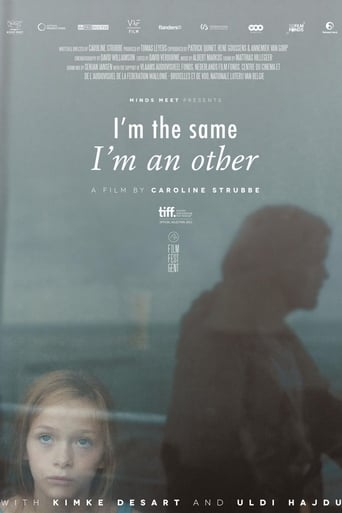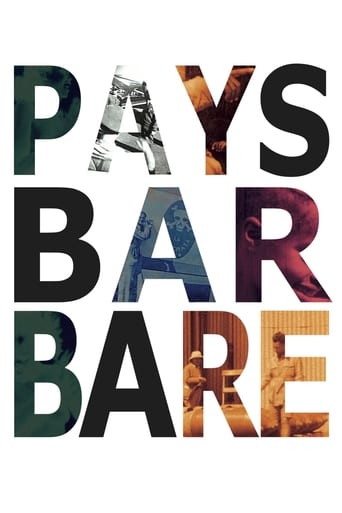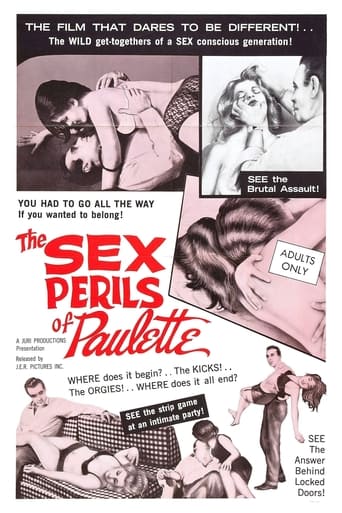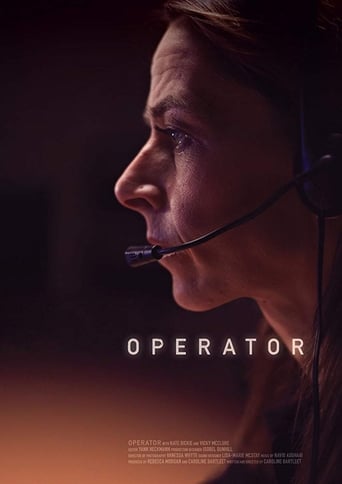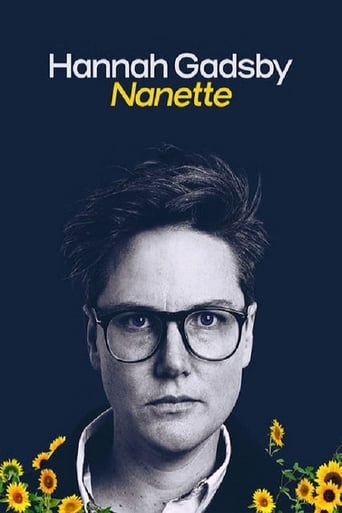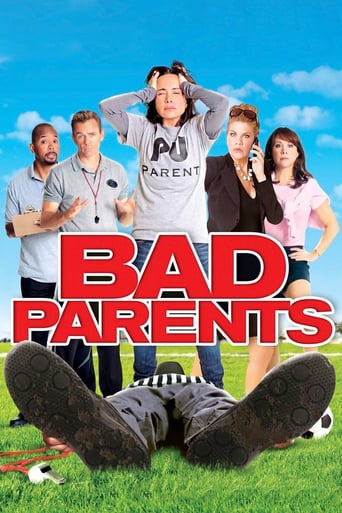A League of Their Own (1992)
As America's stock of athletic young men is depleted during World War II, a professional all-female baseball league springs up in the Midwest, funded by publicity-hungry candy maker Walter Harvey. Competitive sisters Dottie Hinson and Kit Keller spar with each other, scout Ernie Capadino and grumpy has-been coach Jimmy Dugan on their way to fame.
Watch Trailer
Cast


Similar titles
Reviews
Tom Hanks comes very (*very*) close to stealing "A League of Their Own" (he's flippin' hysterical in this) but this has one of those pitch- perfect casts in which everyone just feels like the ideal choice for his/her role; especially Geena Davis and Lori Petty, whose sibling conflict anchors the whole story. Even Madonna does a fantastic job (god knows how much crap I've given her over the years for "Dick Tracy", and this would be the spirited counterargument). it may be an unconventional baseball movie with its proud feminist streak, but the sentiment's warm and these are characters I very much enjoyed watching. Plus, the humor's spot-on. When all is said and done, this is thoroughly entertaining.8/10
This is not just a great sports movie, it is one of the best movies of all time. There's a good reason it's been selected by the Library of Congress as a culturally important film. It is moving and funny, exciting and uplifting--with terrific music, acting and directing. If you are a baseball fan, you have to see it. Geena Davis and Tom Hanks are incredible, and the final scene is magical. The story of two sisters competing, and the death of a husband, and the stories of love, respect, friendship and redemption--it's all there. Look for Tea Leoni at first base, and a hilarious Madonna. It's a beautiful story and spectacularly presented.
"A League of Their Own" is an enjoyable film about the short stint that women's professional baseball had in the U.S. From 1943 to 1954, there was a professional league that was the brainchild of Chicago chewing gum magnate Philip Wrigley. He and other baseball owners started the league supposedly to keep baseball "alive" in the minds of the public during World War II. The thinking was that the sport might die out because so many men who played professional baseball went off to war. The women's league went through a few name changes. In 1943, the All- American Girls Softball League was changed to the All-American Girls Baseball League. The league ranged from four to 10 teams each year and had a total of 15 teams over its 12-year history. It started with four teams, two of which are portrayed playing the first girls baseball world series in 1943 – the Racine Belles and the Rockford Peaches. The movie is a highly fictionalized story of the founding and first year of the league. But it includes a reunion of many of the girls at the National Baseball Hall of Fame when its Women in Baseball exhibit opened on Nov. 5, 1988. Penny Marshal who produced and directed the movie, attended that opening and shot scenes there. The lead character, Dottie Hinson (played by Geena Davis) was said to be a composite of two of the real girl players – Dottie Kamenshek and Pepper Paire Davis. In the movie, Dottie is married and plays just one year until her wounded husband returns from the war. The real Kamenshek, however, began playing when she was 17 and never married. She was considered the best player of the league and led her team, the Rockford Peaches, to four of the 12 series titles. She led the league in many stats. All the rest of the characters in the film were fictional as well, as was the Peaches' manager, Jimmy Dugan, played by Tom Hanks. I suppose Hollywood thought a straight story based mostly on facts and real characters wouldn't be as glamorous or interesting. There's no doubt that Hanks' Jimmy Dugan added some color to the film. But the film does give an accurate portrayal of the training the girls were required to take – off the field. They studied etiquette and manners. And it is a good account of the uniforms and other aspects of the girls professional baseball. The girls teams played mostly at larger towns outside of the major league cities. That also makes the supposed purpose of the league – to keep baseball alive in the minds of the public – suspect. After all, the big leagues (National and American) continued to play ball all during the war. They did suspend play for a couple days after the bombing of Pearl Harbor. But the game went on and each year the World Series games were played at the end of the regular season. For the record, the St Louis Cardinals won the 1942 World Series over the NY Yankees. The Yankees turned the trick the next year against the Cards. Then, the Cards won the 1944 Series over cross-town rivals, the St. Louis Browns. Finally, in 1945 the Detroit Tigers took the Series over the Chicago Cubs. I mention this because a scene sticks in my mind from the 1943 movie, "Guadalcanal Diary." William Bendix is a corporal who's listening to a game on the radio and rooting for the Brooklyn Dodgers. There's some talk among the men about the possibility of the Dodgers winning the pennant to play the Yankees in the World Series. That probably was the year of the movie – 1943. The Dodgers finished third that year in the National League, behind Cincinnati and far behind the Cards. Still, one wonders if there might not have been one or more other reasons behind the women's pro baseball league. For starters, how about another venue of wholesome and interesting entertainment for folks back home during the war? Especially since the folks outside the cities didn't often get to see big league games. Remember – this is before television. Then there's always the profit motive. One scene in the film addresses this. The Walter Harvey character (of chewing gum fame – guess who) played by Garry Marshall tells Ira Lowenstein, the league manager, played by David Strathairn, that the league will have to shut down after the first year because it's losing money. Of course, Ira does some things to turn that around, with the help of some of the players. The movie completely dodges one aspect of the girls pro baseball league. That has to do with sizes and distances. The ball they used to start with was the same size as a softball – 12 inches in circumference (compared to the 9-inch baseball). And they pitched it underhanded. The infield was considerably smaller than that of pro baseball. The distance between bases was 65 feet, compared to 90 in baseball. The pitcher's mound was 40 feet from home plate, compared to 60 feet, six inches. As the years went on after the war, the field distances widened and got closer to those of baseball, and by 1948, the ball size was 10 3/8 inches and overhand pitching was allowed. This is an enjoyable film to watch and a nice tribute to women's baseball and sports in general. For more history and an accurate account of the girls pro baseball league, one might visit the Baseball Hall of Fame and Museum at Cooperstown, NY.
Let me start out by saying that A League Of Their Own is a fun movie. Geena Davis fulfills the role of "baseball dolly" and seems believable while Tom Hanks as washed up coach plays to the crown to everyones delight. Is there anyone out there who doesn't know that there's no crying in baseball? Even the Jon Lovitz scout was peppered with great one-liners and lovable schmaltz. Unfortunately the rest of the movie is unlovable schmaltz. The sports scenes seemed to be created for TV, as if it didn't matter if the positioning of balls, catches and players made no sense. The pushing of Madonna gave us one current pop culture moment from Rosie (I'm supposed to be an athlete, but maybe nobody noticed that I don't belong) O'Donnel stating, Mae, do you think there's any man left in America who hasn't seen your bosoms? Penny Marshall handled some scenes that worked and others that felt like Happy Days. Maybe it was her father on the set, but this plays like a "Laverne and Shirley" extended episode.

